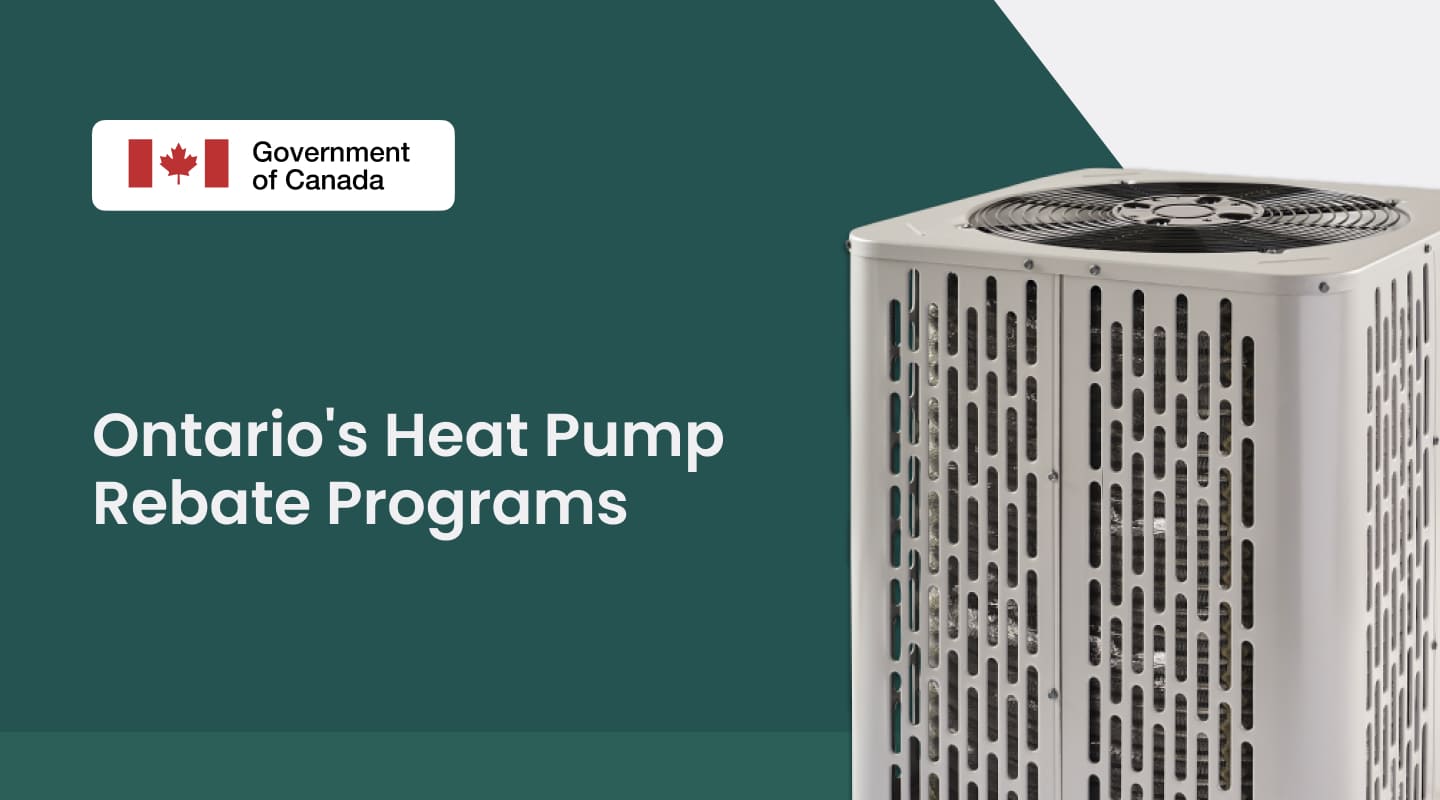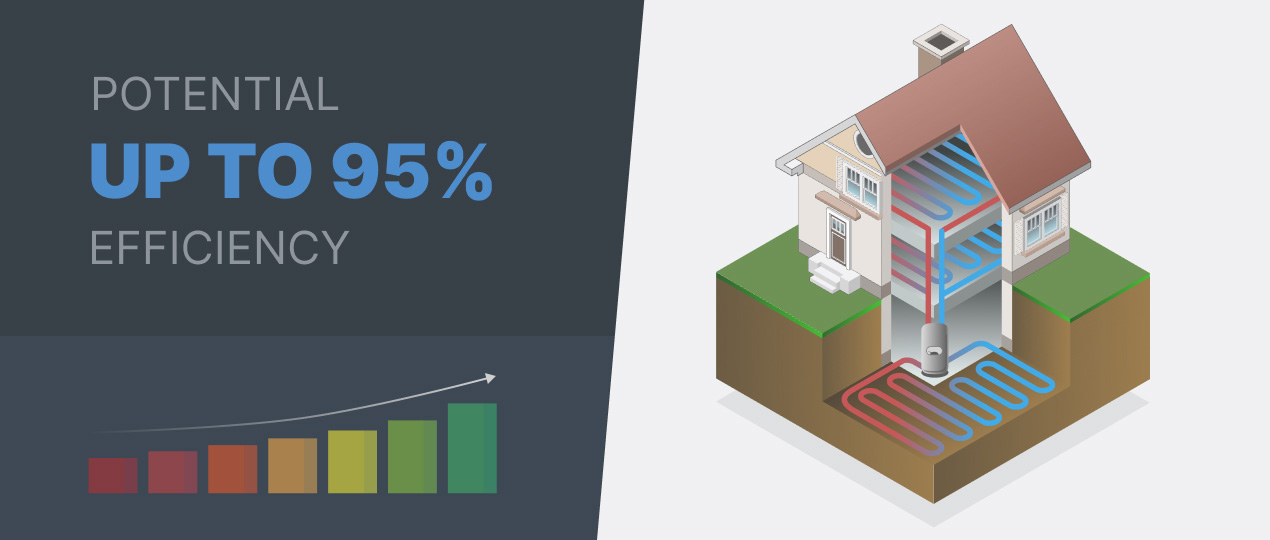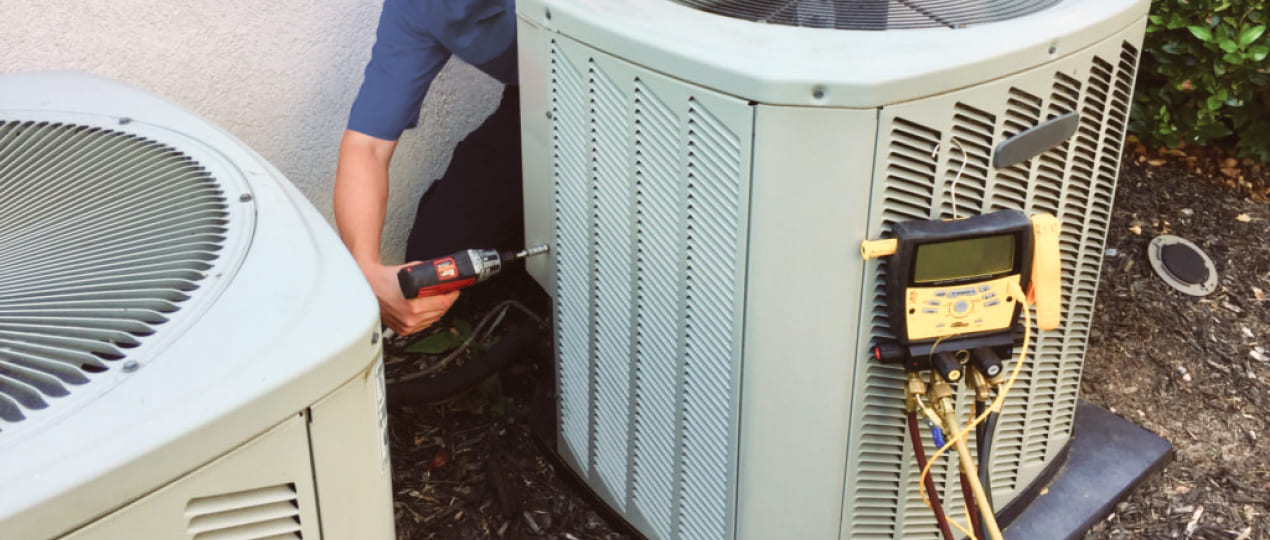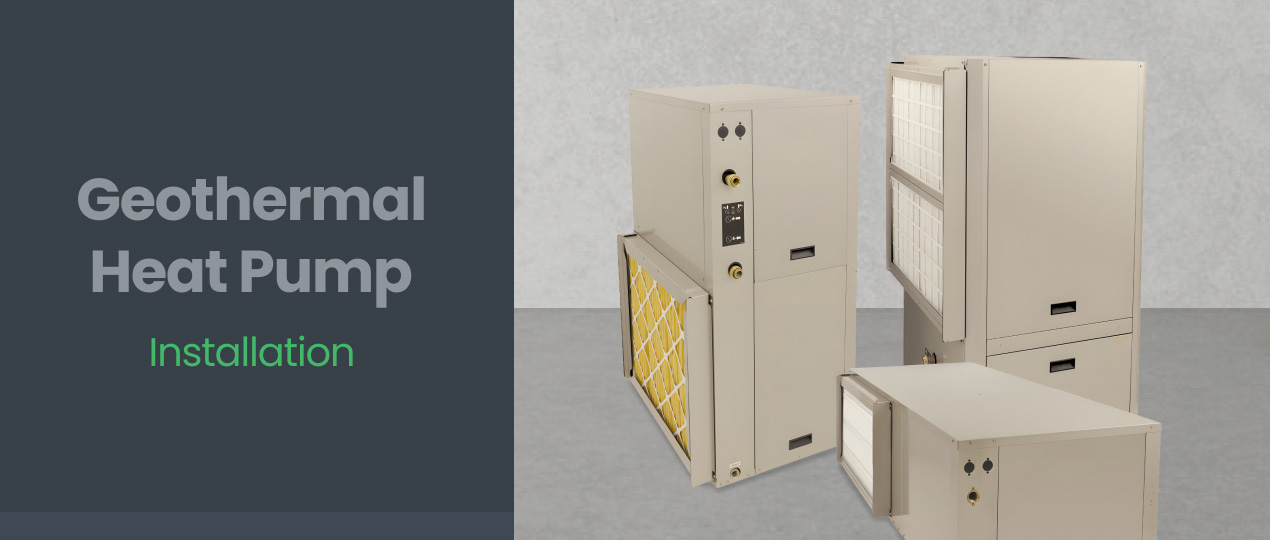
Geothermal heat pumps are an environmentally friendly and efficient way to heat and cool your home. These pumps use the earth’s natural temperature to provide heating, cooling, and hot water for residential and commercial properties. They transfer heat between the ground and your home, providing a sustainable alternative to traditional HVAC systems.
What are the types of geothermal heat pump systems?
There are four main types of geothermal heat pump systems. Each type has unique advantages, and the selection depends on land availability, soil conditions, and water resources.
Horizontal system
This type is most commonly used for residential properties with sufficient land space. It involves burying loops of pipes in trenches that are typically 4 to 6 feet deep. The horizontal system is cost-effective in installations where ample land is available and excavation is not a major concern.
Vertical system
In locations with limited land area or where soil conditions make horizontal excavation impractical, a vertical system is the best choice. Boreholes ranging from 100 to 400 feet deep are drilled to accommodate the loops. This type of system is commonly used for commercial buildings and urban settings.
Pond / lake loop system
If a property has access to a water source such as a pond or lake, a submerged loop system can be used. Pipes are coiled and placed at the bottom of the water body, where they exchange heat efficiently. This option is cost-effective but requires a water source that meets specific depth and volume requirements.
Open loop system
This system directly uses groundwater from a well as the heat exchange fluid. It is efficient but requires a sufficient supply of clean water and proper disposal of the used water. Open loop systems are ideal for properties with abundant groundwater resources and suitable discharge options.
Factors to consider before installing a geothermal heat pump
Installing a geothermal heat pump is a significant investment that requires careful planning. Before proceeding with installation, it’s essential to evaluate various factors:
- Size and layout of the house Assess the size and layout of your home to determine the appropriate type and size of a geothermal system.
- Soil composition Soil type and composition affect the efficiency of a geothermal system. Conduct soil tests to ensure optimal performance.
- Local regulations and permits Check local rules and obtain the necessary permits to install a geothermal heat pump system.
How to install a geothermal heat pump in 3 easy steps?
Understanding how to install a geothermal heat pump involves 3 steps. Each stage, from loop installation to system testing, must be carefully executed to ensure the system functions efficiently. Below is a detailed breakdown of the installation process.
Step 1: Loop installation
The method of ground loop installation depends on the selected system. This could involve digging trenches or drilling holes deep into the ground. For a horizontal loop, trenches are dug to lay the pipes in a large area. For a vertical loop, holes are drilled into the earth to a depth of up to 400 feet.
Step 2: Indoor unit installation
Once the ground loop is installed, the internal components of the geothermal system, including the heat pump unit and distribution system, are installed indoors. This usually involves connecting the heat pump to the ductwork or radiant heating system.
Step 3: System testing & commissioning
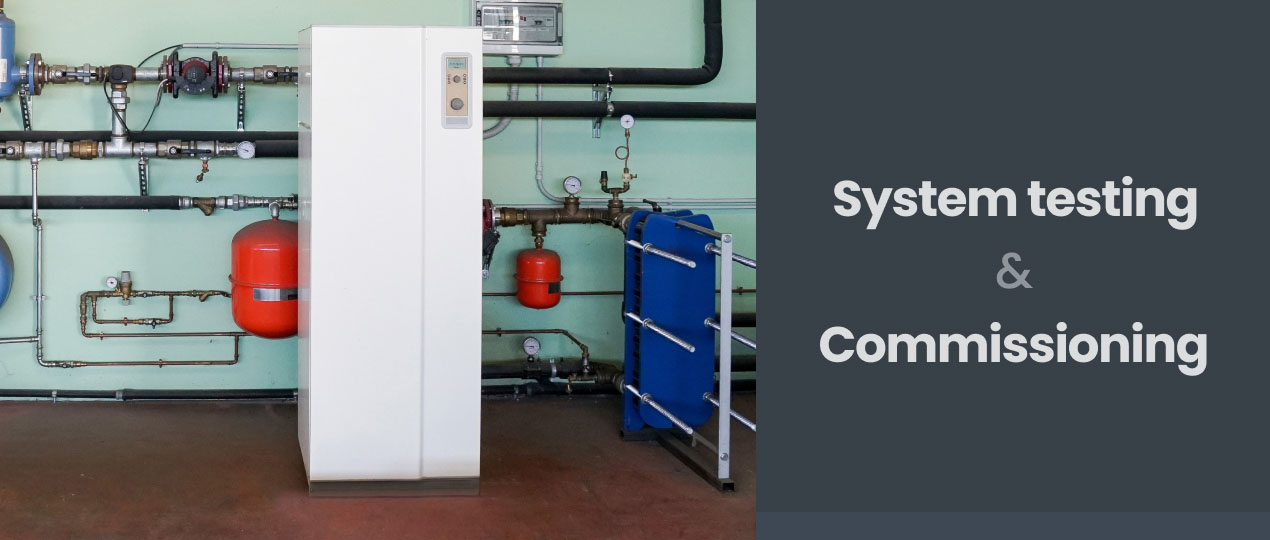
After installation, the system undergoes thorough testing:
- The ground loop is flushed and filled with a heat transfer fluid (water or antifreeze solution).
- The pump and compressor are activated to check pressure and temperature stability.
- The thermostat settings are adjusted, and air distribution is balanced for optimal heating and cooling.
- The system is monitored for any leaks, unusual noises, or performance issues.
At Superior HVAC Service, we specialize in designing and installing energy-efficient geothermal systems tailored to your property’s needs. Our team of certified professionals ensures seamless installation, compliance with local regulations, and maximum energy savings. Contact us today to schedule a consultation and take the first step toward a more sustainable home!
Our team can solve any problem, guaranteeing a long-lasting result.
Order the best specialist in Canada Now (866) 545-6460
REFERENCES
1. Molavi, J., & McDaniel, J. (2016). A review of the benefits of geothermal heat pump systems in retail buildings. Procedia Engineering, 145, 1135-1143. https://www.sciencedirect.com/science/article/pii/S1877705816301539
2. Self, S. J., Reddy, B. V., & Rosen, M. A. (2013). Geothermal heat pump systems: Status review and comparison with other heating options. Applied energy, 101, 341-348. https://www.sciencedirect.com/science/article/abs/pii/S0306261912000542

